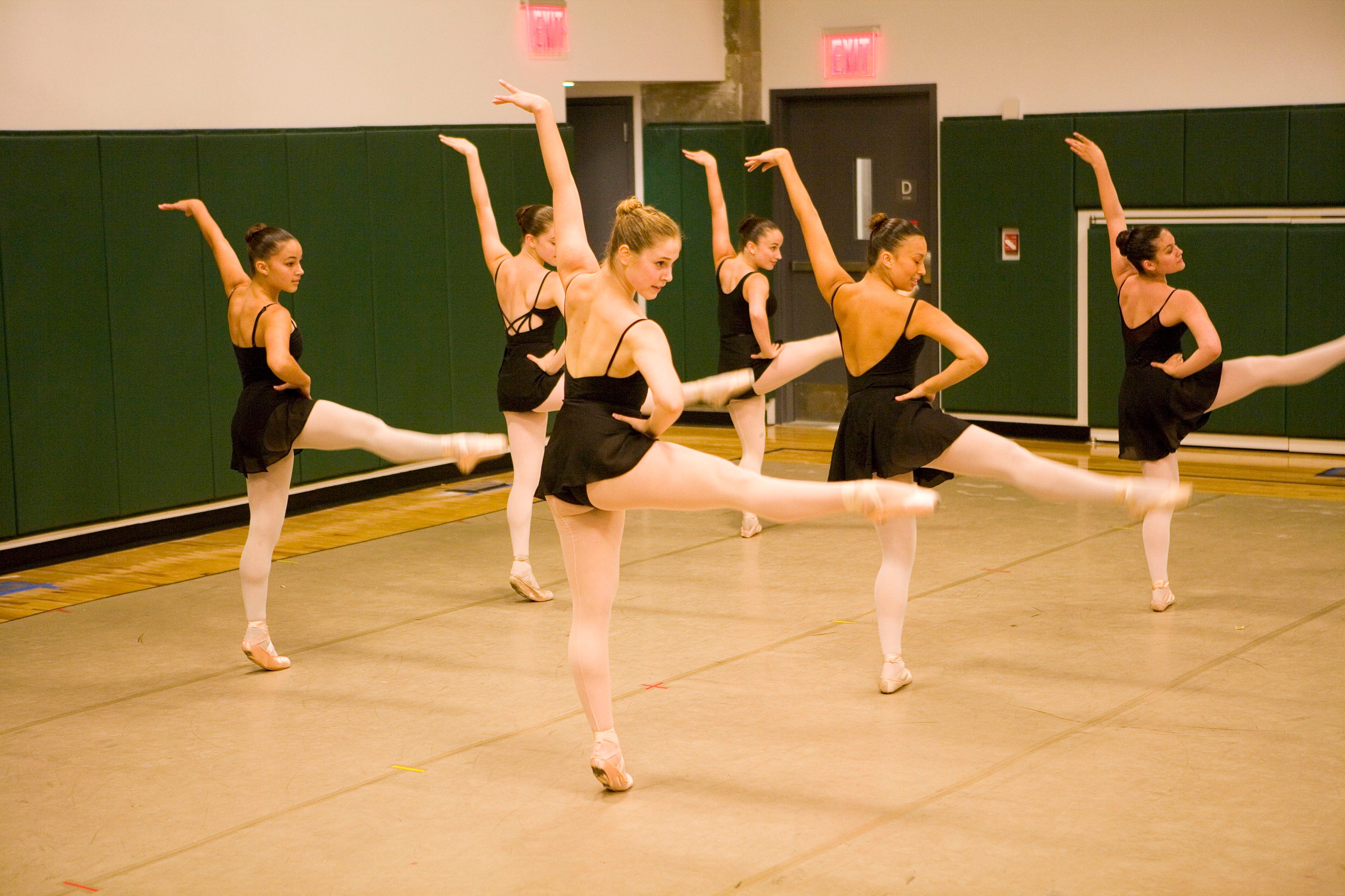Breadcrumb
- Wallace
- Reports
- Gifts Of The Muse Reframing The ...
Gifts of the Muse
Reframing the Debate About the Benefits of the Arts

- Author(s)
- Kevin F. McCarthy, Elizabeth H. Ondaatje, Laura Zakaras, and Arthur Brooks
- Publisher(s)
- RAND Corporation
- DOI Link
- https://doi.org/10.7249/MG218
Summary
How we did this
Researchers studied several academic works to determine the benefits of arts participation. First, they reviewed evidence for instrumental benefits. Second, they explored theories explaining how different artistic disciplines create these benefits. Third, they consulted philosophical and critical works on intrinsic effects of the arts. Finally, they reviewed literature on how participation in the arts affects the benefits derived from them.
What is the value of the arts?
Policymakers often promote “instrumental” benefits of the arts. For instance, the arts can improve student learning or revitalize local economies. This study finds “intrinsic” benefits, too, and says they are just as important, if harder to measure.
Intrinsic benefits are less tangible effects such as personal pleasure and emotional stimulation. The study's authors suggest that it is the intrinsic benefits, not instrumental benefits, that draw most individuals to the arts. Once people are hooked, instrumental benefits follow. Indeed, the authors find that many instrumental benefits require a sustained engagement with the arts.
At the same time, the authors do not discount the importance of instrumental benefits. They find empirical evidence for five categories of instrumental benefits:
- Cognitive benefits, such as improvements in creativity and test scores
- Behavioral benefits, such as improvements in motivation, discipline, and teamwork
- Health benefits, such as reductions in stress and anxiety
- Social benefits, such as increased community cohesion
- Economic benefits, such as job opportunities and community revitalization
These effects are important. But the evidence supporting some of these benefits is weak. The findings from many studies on these benefits are vague. Others demonstrate links between arts and instrumental benefits, but they fail to show that the benefits come from the arts. Some reveal benefits, but they cannot show that the arts are the most effective way to achieve those benefits. A singular focus on instrumental benefits could even hurt the case for investment in the arts. If a new investment fails to produce the expected results, it could discourage future investments. It is necessary to develop a more nuanced case for investment in the arts that also includes consideration of intrinsic benefits.
The authors offer a new framework which attempts to do just that. This framework accepts that an effect of the arts could be intrinsic or instrumental. But it also adds a second dimension: whether the benefit is private, public, or a combination of the two.
Not all intrinsic benefits are private, this framework suggests. Some also have important effects in the public sphere. An artwork could help an individual appreciate new perspectives, for example, and strengthen social bonds. Another could encapsulate the aspirations of a community and create common cause. Such benefits may be deep and emotional, but they are also communal.
The authors argue that such a framework could make a more persuasive case for investment in the arts. The arts community could strengthen this case by:
- Better communicating the importance of intrinsic benefits
- Addressing the shortcomings in research about instrumental benefits
The authors further argue for the creation of more rewarding arts experiences, especially for young people. Rewarding experiences early in life can create a lifelong interest in the arts. It is this sort of interest that is necessary to reap the instrumental benefits of the arts.

The traditional view assumes that all intrinsic benefits of the arts are purely private and thus ignores their wide-reaching public value.
Key Takeaways
- Instrumental benefits of the arts, such as academic improvement and economic revitalization, are important. But intrinsic benefits, such as pleasure and emotional stimulation, are what draw people to the arts.
- Many instrumental benefits of the arts are impossible to realize until people experience intrinsic benefits.
- Much of the evidence linking arts and their instrumental benefits is vague or weak. More research is necessary to strengthen this evidence and make a clearer case for investment in the arts.
- Not all intrinsic benefits of the arts are personal. Many also have a public dimension. For example, art can increase individuals' capacity for empathy and give voice to entire communities.
- Rewarding arts experiences, especially early in life, can build a sustained interest and help realize the instrumental benefits of the arts.
Materials & Downloads
What We Don't Know
- Do different types of art experiences produce different benefits?
- Are arts simply correlated with the instrumental benefits researchers have observed? Or do they produce these benefits? If the former, what connects them? If the latter, how do the arts produce these benefits?
- Are the arts the best way to achieve the instrumental benefits cited in the literature?
- Do all populations benefit equally from the arts?

